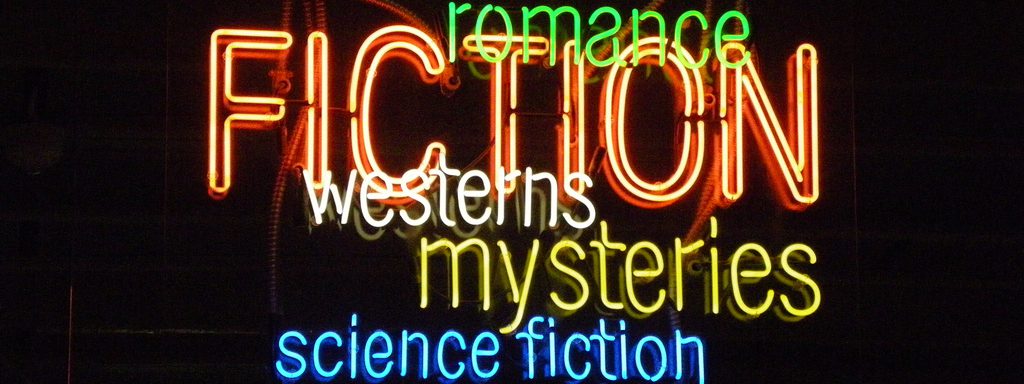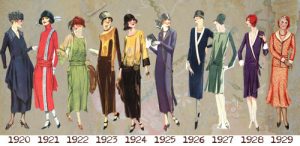For this week post I will be discussing about the short reading we did in class “How to date a brown girl (black girl, white girl, or halfie)” by Junot Diaz.
The narrator in this text uses a very interesting narrative style. He uses “you” which makes it seem like he’s talking to the reader. The text is about him teaching you the reader, and even giving advice on how to date different type of women. He is very opinionated and judgmental of the different women he dates. He talk about how he prefer white girl over brown girl, which is very offensive to many people.
He uses the word “you” alot in the reading which in my opinion is trying to make the reader agree with what he’s saying, another word convincing you to think like him. He even depict the types of women for exam he said he prefer local women over outside women. He’s saying all the bad thing about the brown women but never mention the good thing about them. On the first page quoted “If the girl’s local, don’t sweat it. She’ll flow over when she’s good and ready.” showing how he categorize different women. “If the girl’s from the Terrace stack the boxes
behind the milk. If she’s from the Park or Society Hill hide the cheese in the cabinet above the oven, way up where she’ll never see. ” this is another quote showing how he judge the women base on their background and where they come from.
It felt like the whole story was basically written on this author personal experience from what we discussed in the class today. I still didn’t like how much bad thing he said about color women. If I can connect this with something else we read in class it would be “Quicksand” by Nella Larsen, the reason why is because i feel like this author Junot Diaz could be one of those people who were criticizing Helga because she is mix race. But both story has the topic about the racism during the 1990. I didn’t like the story, I don’t agree with what he’s saying about brown women, and I would not support this author.




